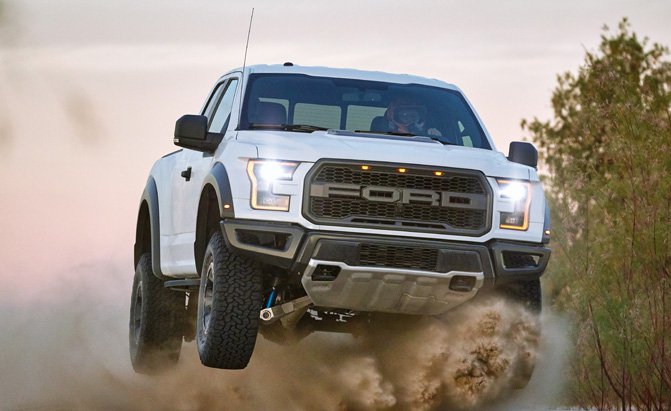The McLaren F1 successor is expected to enter production in 2019.
Late last year, McLaren confirmed it was working on a three-seater, hybrid hypercar codenamed BP23 and that it would be limited to just 106 units. Now, has gotten details on how the BP23 project came to be, and what we should expect once it debuts.
The F1’s successor will join the company’s Ultimate Series lineup and McLaren CEO Mike Flewitt said it actually started as a one-off model commissioned by a collector. At the time, the project was designed by McLaren Special Operations (MSO) and it didn’t take long before word spread and McLaren received a second order for an identical car.
From there, orders kept coming and the British automaker decided to increase the cap to 12 units. But that wasn’t enough, so it went up again to 46 to meet demand before McLaren settled on 106 units, the same number of F1s that were built from 1992 to 1998.
SEE ALSO: Lighter, More Powerful McLaren 720S Confirmed
Flewitt confirmed the BP23 will be the fastest and most powerful model McLaren has ever built and it won’t have aggressive spoilers, splitters and big wings. The hypercar will instead focus on a fluid, streamlined design with a focus on having the lowest coefficient of drag possible. And there won’t be a convertible version as all 106 units will take the form of a coupe.
The car also isn’t being designed with racing in mind, powered by a V8 hybrid powertrain. So that means there won’t be a hardcore track-focused version. Pricing starts at around 1.9-million British pounds ($2.4 million) and it’s likely it will be sold out before it even debuts.
Approximately 30 units are heading to the U.S., but they won’t be street legal. The units heading to the U.S. will enter under the Show or Display rule, exempting it from all emissions and safety regulations since its considered historically or technologically interesting. There is an exemption, as enthusiasts who own a car covered by the rule aren’t allowed to drive it for more than 2,500 miles a year on public roads.
[Source: Autoblog]



Leave a Reply